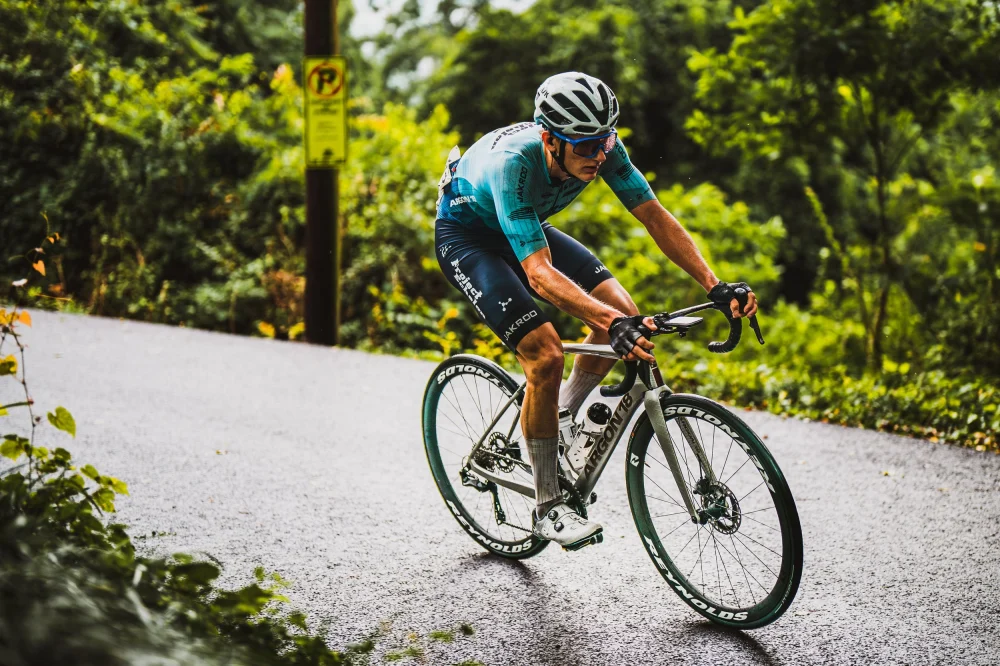
- what-is-cadence-training - What Is Cadence Training?
- how-cadence-training-improves-performance - How Cadence Training Improves Performance
- optimal-cadence-for-different-riders - Optimal Cadence for Different Riders
- real-world-success-from-cadence-training - Real-World Success from Cadence Training
- how-to-start-cadence-training-effectively - How to Start Cadence Training Effectively
1. What Is Cadence Training?
Cadence training refers to the practice of improving your pedaling rhythm, measured in revolutions per minute (RPM), during cycling. It’s not just about spinning faster—it’s about optimizing how your body delivers power to the pedals efficiently over long distances. Many professional cyclists fine-tune their cadence to gain marginal but significant performance improvements.
Rather than focusing solely on strength or endurance, cadence training targets neuromuscular coordination. It teaches your body to maintain smooth, rhythmic motion at an ideal speed. The result? Better energy efficiency, faster recovery, and, yes, higher speed.
2. How Cadence Training Improves Performance
So, why does cadence training make you faster? The answer lies in biomechanics and fatigue management. A higher cadence—typically 85–100 RPM—reduces the force required per pedal stroke. That means less muscular fatigue and better endurance.
When you push a big gear at a low cadence, you’re relying heavily on muscular power. This burns glycogen quickly and leads to early fatigue. On the other hand, spinning at a higher cadence shifts the effort toward your cardiovascular system, which recovers more rapidly than your muscles.
In real-world terms, this means you’ll stay stronger throughout longer rides and climb more efficiently—especially when fatigued.
3. Optimal Cadence for Different Riders
The best cadence isn’t universal. It depends on your physiology, terrain, and cycling discipline. Road cyclists tend to benefit from higher cadences around 90 RPM, while mountain bikers might average lower due to technical terrain.
Beginners often feel unnatural spinning at high RPMs—but with time, their muscles adapt. Elite cyclists like Chris Froome have been known to train and race at cadences exceeding 100 RPM, especially in time trials or climbing stages.
The key is experimentation. Use a cadence sensor or bike computer to monitor your pedaling rhythm, and gradually increase your target RPM in training sessions.
4. Real-World Success from Cadence Training
In 2016, amateur cyclist Laura Mendez shaved 17 minutes off her personal best in a 60K sportive after incorporating cadence drills into her weekly sessions. Her success story made the rounds in online cycling forums, where she detailed her progression from a 75 RPM average to a comfortable 92 RPM in just eight weeks.
Pro teams have long known the benefits. Team Ineos riders routinely undergo cadence-specific drills during their training camps, combining high-cadence intervals with lactate threshold sessions to maximize race performance.
These results aren’t just for pros. Weekend warriors can unlock better efficiency and speed through deliberate cadence work.
5. How to Start Cadence Training Effectively
Start simple. Begin by incorporating one or two cadence-focused sessions per week. During a steady ride, try increasing your cadence by 5–10 RPM above your normal rate for short intervals, then return to baseline.
Use a smart trainer, cycling app, or power meter to track improvements. Focus on maintaining good form—avoid bouncing in the saddle or straining unnecessarily.
Remember: cadence training is a long game. It takes consistency, patience, and feedback. But for those looking to become more efficient riders and ultimately go faster, it’s one of the most effective strategies out there.
For trusted cadence monitors, training programs, and performance gear, check out Cycling Guider—a reliable resource for cyclists looking to step up their ride.



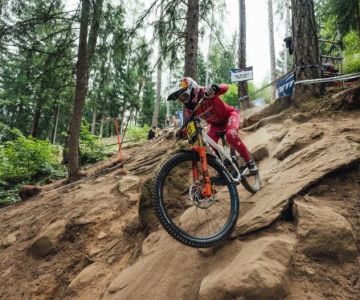

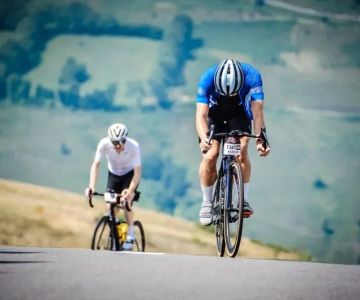
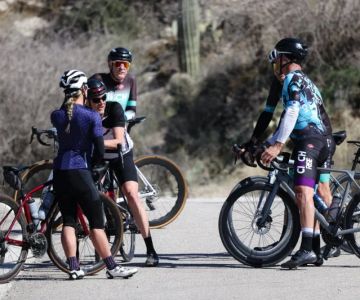
 Billet BMX5.0 (2 reviews)
Billet BMX5.0 (2 reviews) Far East Children Bicycle Factory1.0 (1 reviews)
Far East Children Bicycle Factory1.0 (1 reviews) Archer Motorsports, Inc.4.0 (8 reviews)
Archer Motorsports, Inc.4.0 (8 reviews) YEP Bike Works4.0 (55 reviews)
YEP Bike Works4.0 (55 reviews) Gorham Bike & Ski4.0 (498 reviews)
Gorham Bike & Ski4.0 (498 reviews)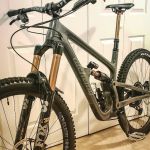 Alchemy Bikes4.0 (37 reviews)
Alchemy Bikes4.0 (37 reviews) How to Teach Kids to Ride a Bike: A Step-by-Step Guide for Parents
How to Teach Kids to Ride a Bike: A Step-by-Step Guide for Parents Tips for Riding on Busy City Streets: Smart Strategies for Urban Cyclists
Tips for Riding on Busy City Streets: Smart Strategies for Urban Cyclists Best US National Parks for Mountain Biking: Ride Epic Trails Across America
Best US National Parks for Mountain Biking: Ride Epic Trails Across America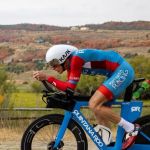 Best Aero Helmets for Time Trials and Racing
Best Aero Helmets for Time Trials and Racing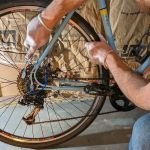 How to Clean and Lubricate Your Bike Chain Like a Pro
How to Clean and Lubricate Your Bike Chain Like a Pro 10 Must-Have Items for Long-Distance Cycling Trips
10 Must-Have Items for Long-Distance Cycling Trips